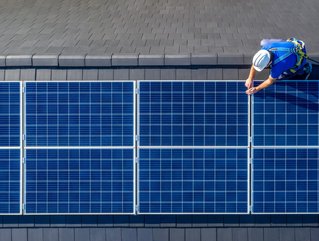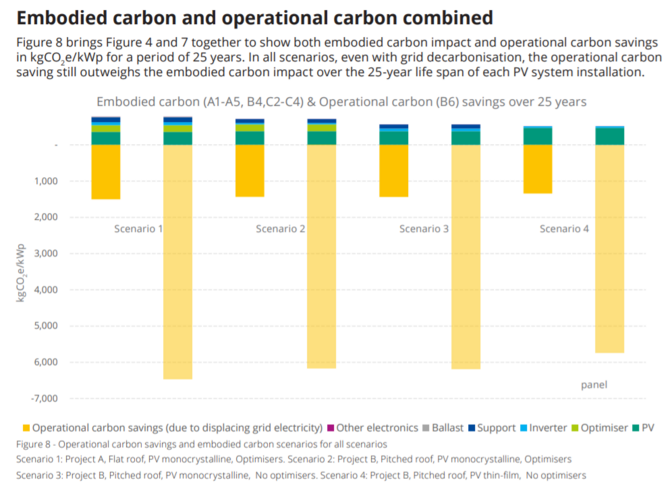Willmott Dixon releases embodied carbon emissions research

The demand for renewable energy is increasing as more and more organisations are focusing their efforts towards net-zero emissions. However, net-zero will not be achieved so easily, and to achieve zero emissions, businesses must look into embodied carbon and how this may affect their sustainability credentials.
Research provides embodied carbon insights
While solar PV technology is and will continue to be, instrumental in eliminating greenhouse gas emissions, businesses must consider where the energy comes from to produce solar panels. Willmott Dixon, a leading UK-based construction and property services company, and Elementa Consulting, a network of design professionals, have provided in-depth research into the embodied carbon content of roof-mounted solar panels.
As businesses look towards sustainability in a similar way to cost-reduction, the research provided by the pair will allow great insights into their carbon costs and help pinpoint the areas in which emissions must be addressed.
According to Douglas Drewniak, Building Performance Manager at Willmott Dixon, the research analyses the trends between embodied carbon and long-term operational carbon savings.
“Our paper explores the interplay between the embodied carbon impact and operational carbon savings over time, which is really interesting as it shifts the focus from PV being a carbon offset mechanism to building additional renewable capacity in the grid,” says Drewniak.
“While all tested scenarios found a net benefit over the systems’ lifetime, project-specific design and specification decisions can have a big impact. This report provides the guidance to optimise PV installations, whilst measuring the effectiveness of the technology from a whole life carbon standpoint.”
Sustainable analysis of embodied carbon
The report provides a baseline set of information, which outlines the various scenarios and techniques used to draw conclusions. Based on the measured scenarios, the research analyses some key areas of construction that may affect future projects, such as the operational carbon savings over 25 years and then combining these results with embodied carbon.

It also breaks down the difference between the analysis of embodied carbon in buildings against that of PV installations.
Louise Hamot, Global Lead of Sustainable Innovation at Elementa Consulting, explains the need for embodied carbon measurement: “Rooftop solar PVs are needed to decarbonise our grid, therefore we need to understand the associated embodied carbon implications and identify any opportunities to improve the technology’s impact.”
“Most existing studies looking at the embodied carbon impact of PV typically only include the modules themselves, but we have covered the entire installation process across different design scenarios.”
To read the Whole life carbon of photovoltaic installations report, click here.






